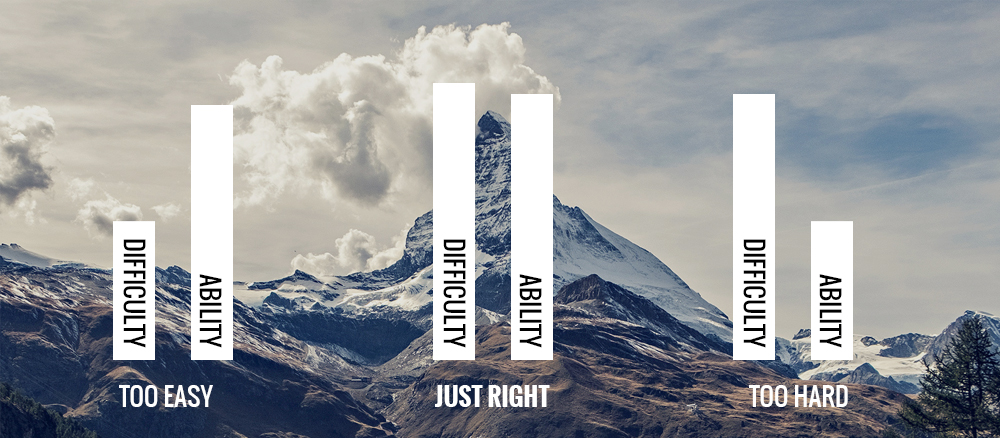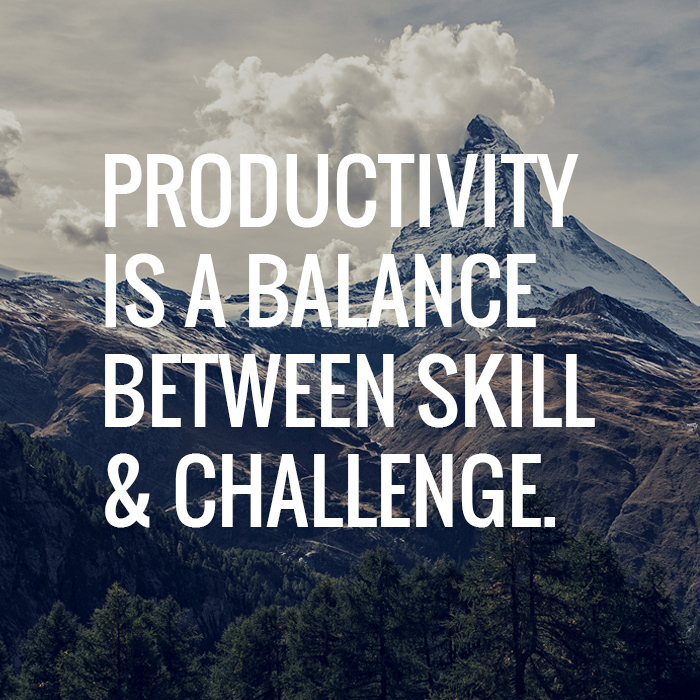E
veryone knows the story of Goldilocks and the Three Bears. It’s a simple story, but there’s an interesting lesson buried within the classic fairy tale. Before we get there, let’s go back 200 years to the early years of Benjamin Franklin.
As a youth, Franklin was an aspiring writer, but he wasn’t so great at it. He needed practice. What’s interesting is how he chose to get there. He began his learning by recreating essays he read in The Spectator, a daily publication by Joseph Addison and Richard Steele. He would read a piece and then try to write his own version, adding his own unique touches along the way.
After he finished his version, he would compare what he had written to the original and evaluate his work. He did this day after day, week after week, until his own versions of the essays were as good, if not better. This practice eventually led him to contributing to local newspapers, books, almanacs, and even the Constitutions itself.
What’s important to note, is that he didn’t set out to write the next great American novel from the get go, he started where he was comfortable, but challenged and grew from there. This is the hidden key found in Goldilocks and the Three Bears.
_____________
M
otivation is probably one of the most sought after hacks in today’s distraction filled world. How do you get motivated? How do you stay motivated? There are many answers to these questions, but one simple method can be found in The Goldilocks Principle. The idea is that you experience peak motivation when you work on tasks where your ability and the difficulty of your work are in sync. In other words, you are walking a fine line between work that is not too hard and not too easy. It’s just right.
Why does this work? It all comes down to achieving a state of flow. When you are in the zone, where the work is hard, but doable, you are at peak efficiency. You know how to tackle problems and your progress is never stopped. This ability to make progress and get things done becomes an intrinsic motivator all on its own.
If we use a mountain as an analogy, too easy would be an ant hill, while too hard would be a cliff face. What we want is something we can manage, that is hard, but in the good way. When you strike this perfect balance, motivation is never a problem. You’re not bored, you’re not frustrated, but you ARE excited. You see progress and value and growth. You want to keep climbing the mountain.
You’re not bored, you’re not frustrated, but you ARE excited. You see progress and value and growth. You want to keep climbing the mountain.
So how can you take advantage of this principle? How can you strike this balance and achieve flow? Here are a few things to think about that will help you trigger this state of mind.
1. Assess the task at hand
It started with asking questions of what you are trying to accomplish. What is your ultimate goal? How hard would it be to achieve that goal based on your current skill level?
We often get excited by a new project, like coding an app or writing a book, but we haven’t yet developed our skill in these areas yet. Before you do anything, take an honest assessment of what you’re facing.
How hard is it? How good are you at the skills it requires? Understand what you’re facing.
2. Don’t reach too high too fast
If you want to code an app and have no experience coding, diving right in isn’t a very productive pursuit. You would be better off learning the basics and building small apps along the way. Getting into the zone as you develop your skill set. Then, when you are ready, you can code your app in a far more productive manner.
Similarly, writing a book at the drop of a hat is no easy feat. You’re better off building a writing habit, maybe a blog, to explore how you write, find your voice, and understand what it takes. Over time, you’ll achieve the ability to write that book in a much more enjoyable state of mind.
And that is the key. You absolutely can decide to write a book tomorrow and you certainly could do it. Would it be done efficiently? Would it be any good? That’s up for debate.
3. Measure your progress
Finally, it’s important to track and measure your progress as you attempt these efforts. If you start a task and get bored of it, then you know you need to raise the difficulty level. If you get frustrated, then maybe you’re trying to do too much too fast.
Only through measurement will you be able to adjust and adapt your work and find the motivation you are seeking.
The Goldilocks Principle is just one way of many that you can find motivation and be productive, but I prefer it because it is born from doing the work itself. There’s no gimmicks or gadgets, just by finding that optimal balance between skill and challenge, and you can achieve amazing things.
The next time you’re struggling to get work done or procrastinating on a task, take a moment to run through these steps and see if you can capture the motivation you’ve been chasing.
